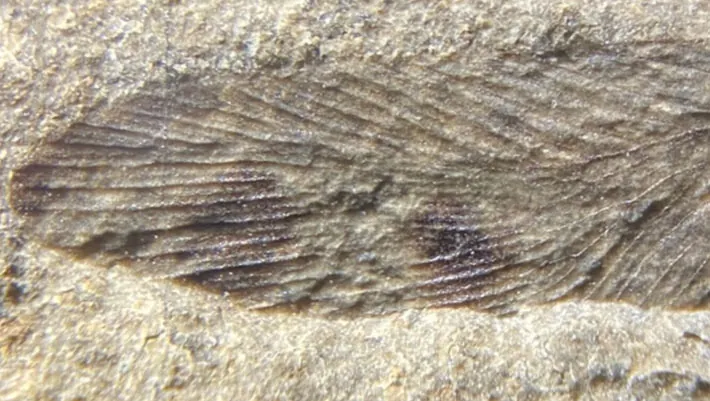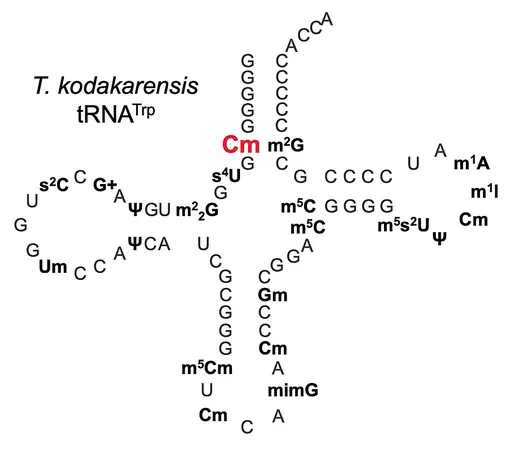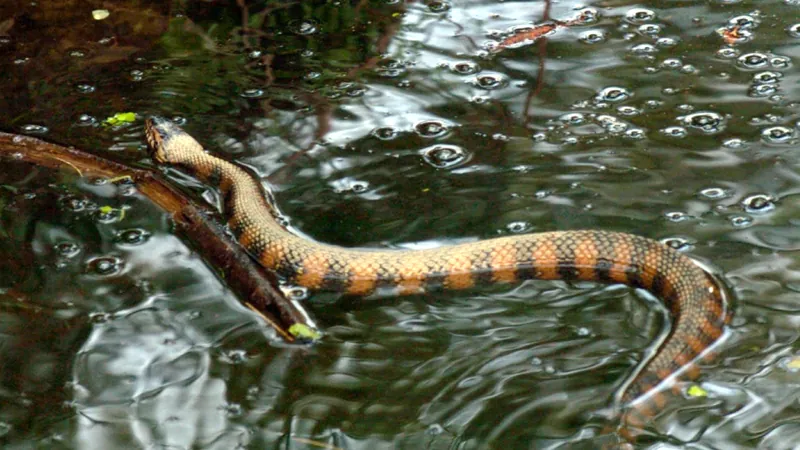
Astonishing Discovery: 180-Million-Year-Old Cockroach Fossil Unearthed in the UK!
2024-10-28
Author: Wei Ling
Introduction
In an extraordinary find, paleontologists have identified a new genus and species of Jurassic cockroach, named Alderblattina simmsi, based on a solitary wing that was discovered in Gloucestershire, England. This discovery is not just a glimpse into the distant past but a significant contribution to our understanding of ancient ecosystems.
Role of Insects in Ecosystems
"Insects have been the most diverse group of terrestrial organisms throughout life’s history and have played essential roles in ecosystems since the Early Devonian," explained Emily Swaby, a paleontologist from the Open University, alongside her colleagues from the National Museum of Scotland.
Cockroaches, noted for their role as detritivores, play a critical part in nutrient cycling within ecosystems by breaking down organic matter, which makes them an important food source for various predators, including birds and mammals. The studied Alderblattina simmsi lived during the Toarcian age of the Early Jurassic epoch, around 180 million years ago.
Distinct Traits of Alderblattina simmsi
This newly identified cockroach is remarkably small and exhibits distinct wing coloration. "Color patterns in insects are often adaptations for protection and communication, particularly in evading predators or attracting mates," said the researchers. Alderblattina simmsi stands out as the second species of cockroach from the Toarcian to exhibit such wing coloration patterns, enhancing our understanding of the evolutionary paths insects have taken over millions of years.
Fossil Discovery and Its Implications
The fossil was collected in January 1984 by geologist Mike J. Simms from Alderton Hill, part of the Whitby Mudstone Formation. The paleontologists hypothesize that the extreme environmental conditions during the Toarcian Oceanic Anoxic Event may have prompted a significant evolutionary shift in predators and prey alike, ultimately influencing the emergence of bright warning colors—known as aposematism—in some insect orders.
Significance of the Discovery
This fascinating find represents the seventh recognized blattodean species from the Toarcian of Europe and further enriches our knowledge of the complex cockroach faunas that existed in ancient Europe. The insight gained from Alderblattina simmsi not only sheds light on historical ecological dynamics but also highlights the evolutionary significance of wing coloration patterns among Mesozoic cockroaches.
Publication and Future Research
The research detailing these remarkable findings has been published in the journal Papers in Palaeontology. This new discovery opens the door to deeper explorations into the evolutionary history of insects and their adaptations to prehistoric environments.
Conclusion
As researchers continue to unearth ancient fossils, who knows what other spectacular insights into our planet's history may lie buried beneath our feet? Keep an eye on your backyards—you never know what the Earth could be hiding!



 Brasil (PT)
Brasil (PT)
 Canada (EN)
Canada (EN)
 Chile (ES)
Chile (ES)
 Česko (CS)
Česko (CS)
 대한민국 (KO)
대한민국 (KO)
 España (ES)
España (ES)
 France (FR)
France (FR)
 Hong Kong (EN)
Hong Kong (EN)
 Italia (IT)
Italia (IT)
 日本 (JA)
日本 (JA)
 Magyarország (HU)
Magyarország (HU)
 Norge (NO)
Norge (NO)
 Polska (PL)
Polska (PL)
 Schweiz (DE)
Schweiz (DE)
 Singapore (EN)
Singapore (EN)
 Sverige (SV)
Sverige (SV)
 Suomi (FI)
Suomi (FI)
 Türkiye (TR)
Türkiye (TR)
 الإمارات العربية المتحدة (AR)
الإمارات العربية المتحدة (AR)